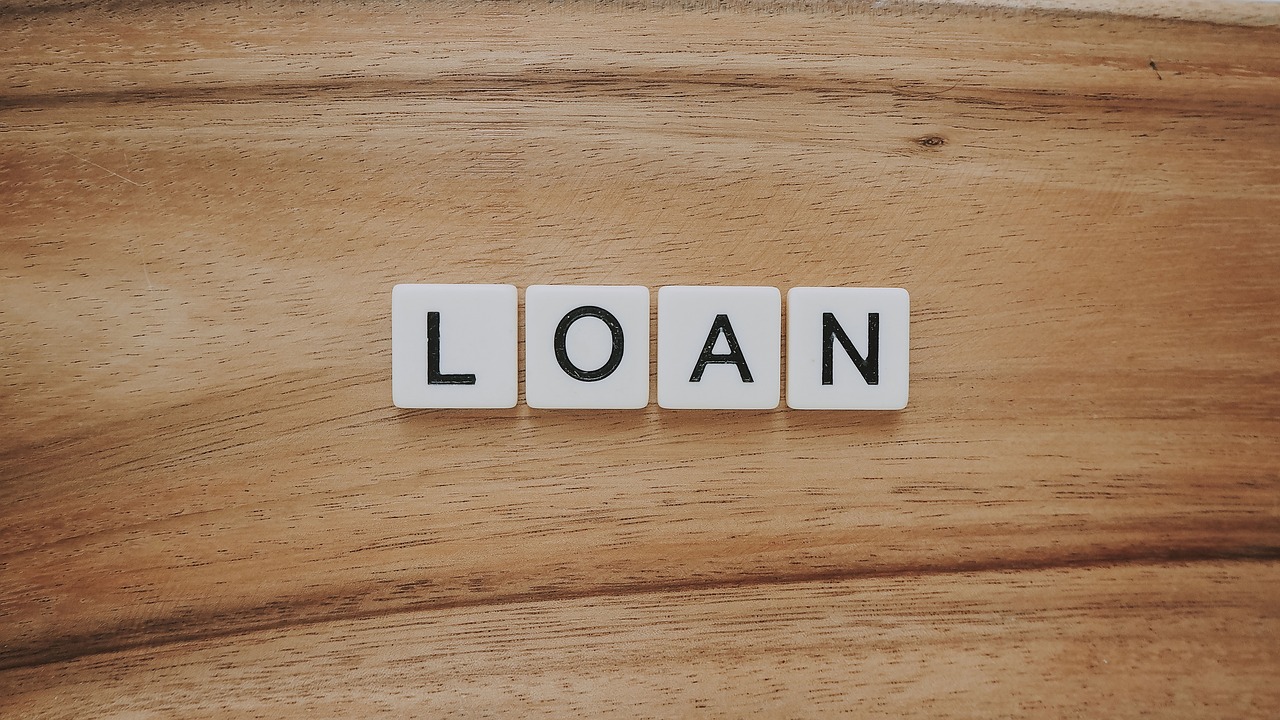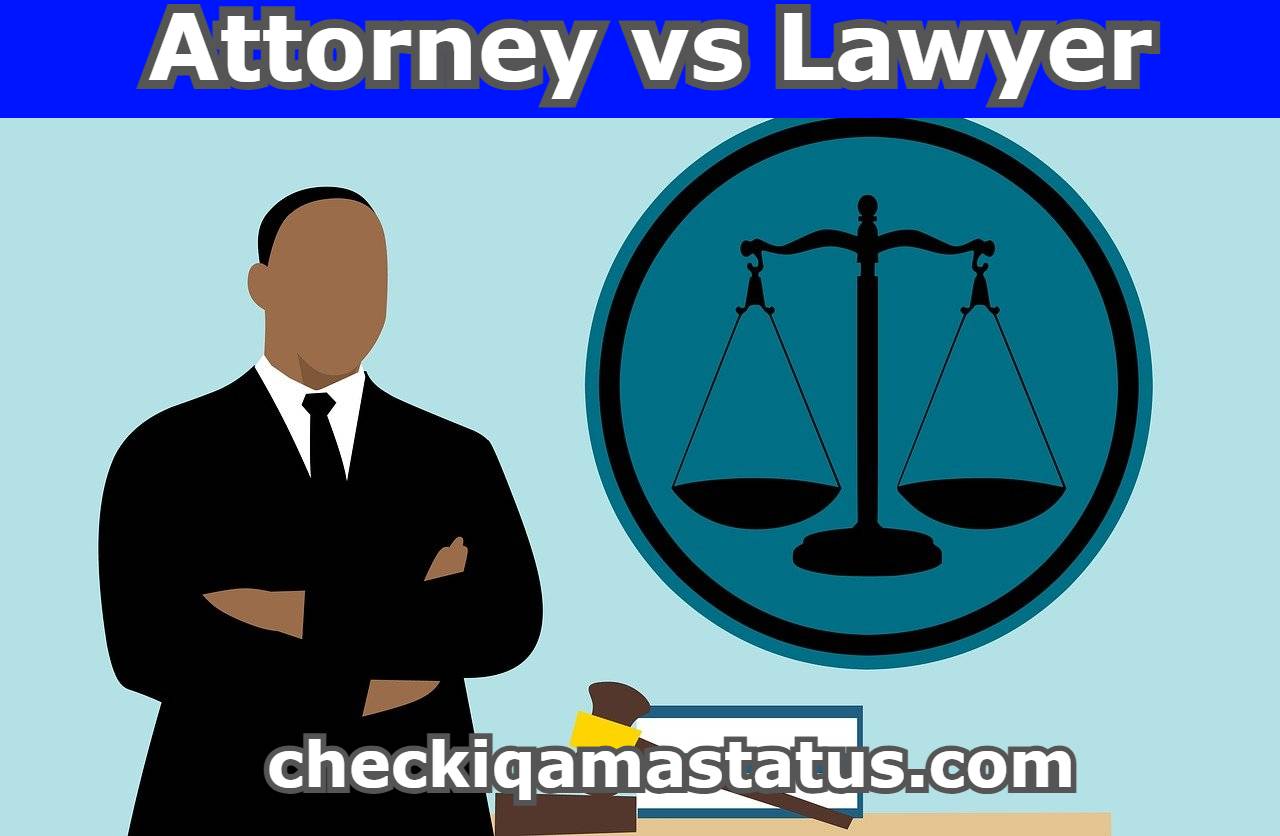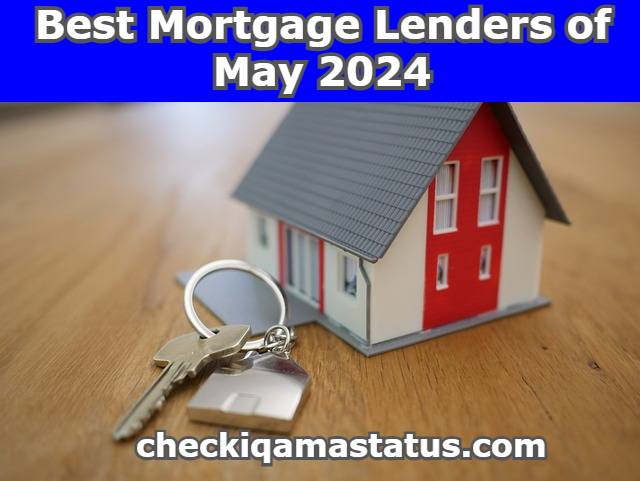Loans in USA For bed Credit is now Easy. You will need a co-signer to apply for a personal loan if you have bed or poor credit, as defined by FICO (a score of 350 to 579). Though some lenders, such as those on this list, need credit scores of at least 670 for personal loans, some will give money to borrowers with as low as 580 or as high as 600.
Your credit history will determine the interest rate and terms of your personal loan, so you shouldn’t expect to obtain the best deals or lowest rates if your credit is ruined.
However, if your credit is poor, you really shouldn’t be comparing rates; the best lender for you is usually the one that offers a loan that your credit score allows you to qualify for. If you have more than one choice available to you, evaluate loan amounts and interest rates to choose which best suits your requirements.
Best Bad Credit Loans Of May 2024
Loans in USA For Bad Credit May 2024
Upgrade: The Greatest Installment Loan With Bad Credit Overall Offering loan amount $1,000 to $50,000. It require minimum credit score 580
LendingPoint: The Best LendingPoint for Below-Average Credit & Quick Funding Offering loan amount $2,000 to $36,500. It require minimum credit score 600
Universal Credit: The Best Credit Card for Comparing Offers Is Universal Credit Offering loan amount $1,000 to $50,000. It require minimum credit score 580
Upstart: The Greatest for Speedy Approvals Offering loan amount $1,000 to $50,000. It require minimum credit score 300
Avant: The Best With A Variety Of Repayment Choices Offering loan amount $2,000 to $35,000. It require minimum credit score 580
LendingClub: The Finest Online Experience Offering loan amount $1,000 to $40,000. It require minimum credit score 600
Rates and information for personal loans mentioned above are current as of May 1, 2024. The annual percentage rates (APRs) and loan specifics may have changed since the page was last updated, even though we routinely update this information. Remember that some lenders only provide particular terms and pricing for specific lending reasons. Before applying, be sure to check with your lender the possible APR ranges and loan specifics based on your intended loan purpose.
Tips for Comparing Personal Loans for Bad Credit
Examine the highest end of the interest rate spectrum: You’re likely to get a rate at the upper end of the range if you have terrible credit because interest rates are mostly determined by your qualifying credit score. For that reason, make cautious to examine the maximum rate when comparing personal loans for borrowers with poor credit.
Prequalify with a provider if at all feasible: You may be prequalified for a personal loan from a number of companies. This implies that in order to find out about possible loan limits, rates, and payback alternatives, you may input information about your income, planned loan usage, and housing condition. You may securely locate the best rates because prequalifying simply involves a soft credit check, which doesn’t negatively impact your credit score.
Look for any extra costs: Certain suppliers of personal loans do not impose origination, late payment, or prepayment charges. part, nevertheless, might impose all or part of these costs. Make sure to compare personal loans for people with bad credit by considering the cost structure in addition to the possible interest rate.
Analyze the customer service offerings of the lender: Before you sign the loan agreement if you’ve selected a lender, there’s one more item to think about. Customer service may not seem like a significant thing, but if you have problems making payments or run into financial difficulties while repaying your loan, it may really make a major impact. Make sure it’s a good fit by looking through the lender’s customer service resources and reading reviews.
What Are Bad Credit Loans?
For candidates who have had little to no time to establish a credit history or who may have encountered some difficulties, some lenders provide loans for bad credit. Even while it could be challenging to obtain a loan with a credit score lower than 580, certain lenders—including those on our list—will consider funding applications from borrowers with scores between 580 and 600. Since minimum credit score criteria differ from lender to lender, make sure to check with your selected lender to see whether your score qualifies.
Due to their credit ratings, applicants with bad credit will usually be subject to higher interest rates and smaller loan limits. The best terms and lowest prices are only available to highly qualified candidates.
Bad Credit Loan Interest Rates
Interest rates are determined by lenders using a variety of factors, such as your income and creditworthiness, the amount of the loan, and the length of the payback period. The lowest rates on bad credit loans are usually reserved for highly qualified candidates; you should not anticipate to get the lowest rates because your credit score and history are important factors in deciding the interest rate you receive.
Even though the interest rates on our list range from around 3% to 36%, if your credit is ruined, it’s quite possible that the interest rate you get will be closer to the highest end of the range. Take the effort to raise your credit score before to applying if you want to increase your chances of receiving a reduced interest rate.
Bad Credit Loan Fees
When other loans are out of your grasp, bad credit loans might be a suitable alternative, but they can have expensive costs. Know the fees before taking out one of these loans so you can control your debt and make wise financial decisions. Typical fees consist of:
- origination costs for loans. The expenses of processing a fresh loan application are met by origination fees. Usually, they comprise 1% to 8% of the entire loan amount.
- costs for late payments. When loan payments aren’t made on schedule, lenders frequently impose a late fee. It can range from $15 to $25 or even 5% of the loan amount, although the exact amount is negotiable.
- Penalties for early payments. If the borrower repays the loan before the period expires, some lenders demand an additional cost. Typically, this charge equals 2% of the remaining loan debt.
- fees for non-sufficient funds (NSF). If there aren’t enough funds in a borrower’s account to cover a payment, the lender could charge an NSF fee. An NSF charge often costs $10 to $35 or more.
The specifics of the loan arrangement and the lender’s rules determine these amounts. Always thoroughly study the loan agreement to ensure you are aware of any potential expenses related to your bad credit loan.
What Is a Bad Credit Score?
A FICO credit score of less than 580 is regarded as having a poor credit score, with scores ranging from 300 to 850. These borrowers are referred to by lenders as subprime borrowers, and they are often riskier. It’s advisable to raise your credit score prior to applying for a loan for a company, a car, or a mortgage because a low score might make it harder to be approved for these types of loans.
Poor payment histories, excessive credit utilisation, an excessive number of credit applications, or harsh credit check requests are frequently the causes of low credit ratings. These are a few of the most significant elements that go into determining your credit score. It’s important to pay attention to these aspects of your credit profile if you want to keep your credit score high.
5 Types of Loans for Bad Credit
There are two kinds of personal loans that you may apply for: secured and unsecured. But if you’re experiencing problems being approved for a personal loan, you might want to look into other bad credit loans.
1. Personal Loans for Bad Credit, Secured and Unsecured
There are two types of traditional personal loans: secured and unsecured. Collateral, usually referred to as anything of value, is required for secured loans. Examples of collateral include your home, car, or savings account. In the event that you default or fall behind on payments, the lender may take back the collateral. Because of this, a lender will view them as less risky, which usually translates into better conditions like lower borrowing rates and fewer qualifying criteria.
Conversely, unsecured loans are more prevalent and don’t need any kind of security. These loans usually have stricter qualifying standards and higher interest rates because they don’t need collateral, which puts lenders at more risk. All of the loans listed here are personal, unsecured loans.
2. Student Debt Relief for Poor Credit
A student loan for poor credit is probably the way to go if you’re looking to pay for your higher education. Federal student loans don’t need a credit check, so applicants with terrible credit can apply for them even though private student loans often demand strong credit. The most accommodating repayment terms are offered by federal loans, which can even be forgiven if you pick certain repayment programmes or perform in public service.
3. Automobile Credit Repair Loans
Using your automobile as collateral, an auto loan is a secured loan that has the potential for repossession in the event that you default or fall behind on payments.
The qualifying conditions for car loans differ depending on the lender and dealership, much as for personal loans. Even though the best rates are often obtained with a minimum credit score of 670, you can still be approved for a car loan with a lower score provided you fulfil the debt-to-income (DTI) standards and make a bigger down payment.
4. Bad Credit Payday Loans
Payday loans are small-dollar, short-term loans (often up to $500) that you return two to four weeks after you took them out, when you get your next salary. People with terrible credit are typically drawn to lenders who don’t need a credit check. But don’t let your expectations rise. Payday loans include extremely high costs and a plethora of inherent hazards. Prioritise looking into other options, such as taking out personal loans or borrowing money from friends and relatives.
5. Bad Credit Home Equity Loans & HELOCs
You may be eligible for a home equity loan or home equity line of credit (HELOC) if you have sufficient equity in your house, which is defined as the current market value of your house less the amount of your mortgage that is still owed. Both allow you to draw against your house, which implies that in the event that you are unable to repay the loan, the lender may take possession of your property. However, HELOCs allow you to access money only as needed, whereas home equity loans are paid out in lump sums.
But it’s doubtful that applicants with poor credit histories will be approved for these loans. The majority of conventional lenders have minimum requirements in the 600–620 range. Although it’s uncommon, a specialist lender or credit union could grant an exemption. Individuals with credit ratings below 600 would not be able to obtain loans from banks, but rather from hard money lenders like private investors or businesses. Hard money lenders are generally more costly even if they provide greater flexibility.
How to Get a Loan With Bad Credit
It’s still feasible to obtain a personal loan even with a low credit score, although it can take more effort on your part. Although the procedure could differ according on your unique score and lender, here are the fundamental steps you can take:
Check your credit score: It’s important to verify your credit score online either a credit-providing website or your credit card issuer before you begin your search for the finest lender. This will help you determine what you are and are not eligible for. Additionally, you want to look for any errors connected to your credit score, such as unpaid debt.
Boost your score if needed: If you discover that your score is too low, work on raising it before applying. Repaying any unpaid bills and utilizing less credit are two easy methods to raise your credit score.
Assess your budget: Determine how much loan you can afford by assessing your budget before searching for the best lender. If you take out a loan that is too large, you could find it difficult to fulfill your future repayment commitments, which would further harm your credit.
Prequalify with many lenders: A prequalification procedure is provided by certain lenders, allowing you to determine your eligibility without doing a hard credit check and to see the conditions you would be offered if accepted.
Include a co-signer if required. If you want to improve your chances of getting better terms, think about getting a co-signer. A co-signer lowers the risk you represent to the lender by agreeing to repay the loan in the event that you are unable to.
Apply online or in person: After you’ve determined which lender is the greatest fit for your needs, apply. Get ready to give out personal details like your residence, salary, and Social Security number (SSN).
Repay your loan: You should begin repaying your loan as soon as your lender accepts it and releases the cash. One proven approach to ensure you never miss a payment is to set up autopay.
How To Qualify for a Loan With Bad Credit
Although it might be more challenging, getting a loan with negative credit is not impossible. You may increase your chances of being accepted by doing the following:
- Verify your credit: Examine your credit reports and contact the credit bureaus to challenge any inaccuracies. To find out which lenders could provide you a loan, you should also check your credit score.
- Determine if you urgently need the loan: You can try to better position yourself to take out a loan if you can wait a few weeks or months. You can raise your credit score throughout that time.
- Check rates and receive preapproval: Seek preapproval for a loan from as many lenders as you can. This will indicate the type of loan for which you are eligible and the associated costs.
- Make use of collateral: If your lender allows it, offering collateral—such as a vehicle, jewelry, or the amount in your savings account—can help increase your chances of being approved. Be advised that the lender may seize it in the event of a default.
- Try a credit union: A lot of nearby credit unions provide higher rates and acceptance chances for candidates with poor credit.
How to Identify Bad Credit Loan Scams
Borrowers with poor credit are more likely to be targeted by scammers because they are aware of their restricted alternatives. That’s why self-defense is so important.
- Here are a few telltale indicators of a loan scam:
- demand fees be paid before granting you access to the loan
- commercials promising “no credit check!” or “Credit problems are OK!”
- unsolicited calls from a person trying to sell you a loan
- There are no hidden costs before you apply.
- Absence of internet reviews or reviews that appear fabricated or staged
- The lender cannot present their license to you.
Names or letters that contain copycat logos or grammatical mistakes, such as “Wells-Fargo” or “WellsFargo” rather of the real bank “Wells Fargo”









